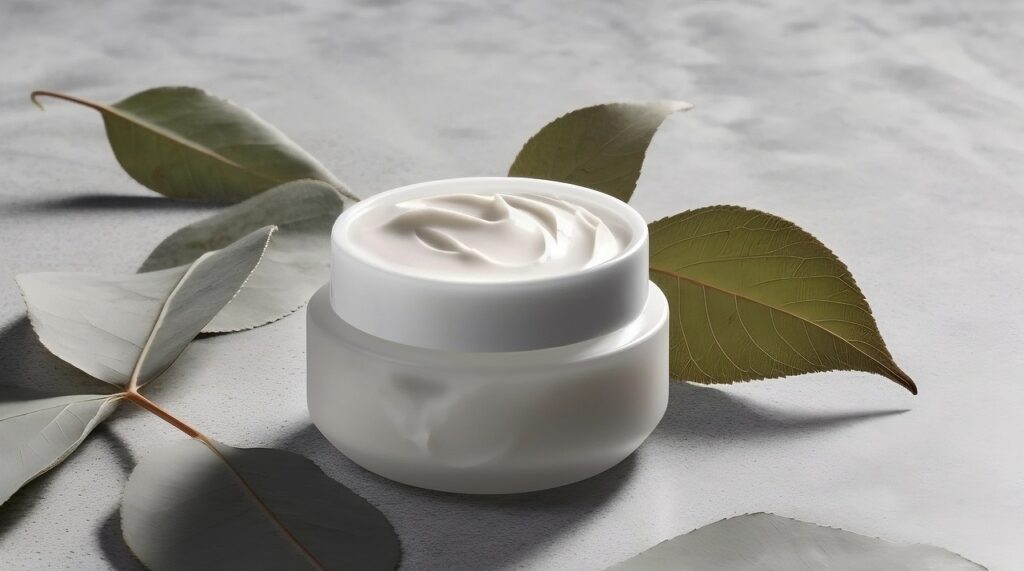Ruxolitinib is a medication that was initially developed for the treatment of certain blood disorders, particularly myelofibrosis and polycythemia vera. However, it has also shown promise in the field of dermatology, particularly in the treatment of certain inflammatory skin conditions.
Commonly used strengths for Ruxolitinib cream in dermatology may include:
- 0.75% Ruxolitinib Cream: This is a common starting concentration for topical formulations. It allows for a lower concentration to assess the patient’s response and minimise potential side effects.
- 1.5% Ruxolitinib Cream: This is a higher concentration used in cases where a stronger formulation is deemed necessary based on the patient’s condition and response to lower concentrations.
Ruxolitinib is commonly compounded by pharmacies in the following strengths and dosages:
Ruxolitinib1.5% Cream
Ruxolitinib 1.5% Ointment
Here are some dermatological uses of Ruxolitinib:
- Alopecia Areata: Alopecia areata is an autoimmune condition that results in hair loss. Ruxolitinib has demonstrated efficacy in the treatment of alopecia areata, and studies have shown that it can promote hair regrowth in some patients. It is thought to work by inhibiting the activity of Janus kinases (JAKs), which play a role in the inflammatory pathways associated with alopecia areata.
- Vitiligo: Vitiligo is a skin condition characterised by the loss of pigmentation in certain areas of the skin, resulting in white patches. Ruxolitinib has been investigated as a potential treatment for vitiligo due to its ability to modulate the immune response and promote repigmentation.
- Other Inflammatory Skin Conditions: Ruxolitinib has been explored in the context of various inflammatory skin conditions, such as psoriasis and atopic dermatitis. Its mechanism of action, targeting JAKs involved in inflammatory signaling, makes it a candidate for conditions where excessive immune response plays a role.
It’s important to note that the use of Ruxolitinib in dermatology is still an area of ongoing research, and its application may vary depending on the specific skin condition and individual patient factors. Dermatologists may prescribe it off-label in certain cases, and its use should be carefully monitored for potential side effects.
As with any medication, the decision to use Ruxolitinib in dermatology should be made by a qualified healthcare professional based on the individual patient’s condition, medical history, and the current state of scientific knowledge. If you are considering or undergoing treatment with Ruxolitinib for a dermatological condition, it is essential to follow your dermatologist’s guidance and attend regular check-ups to monitor the response to the medication and manage any potential side effects.

Lane Khin, the compounding pharmacist of My Skin Pharmacy, brings a wealth of knowledge from the worlds of pharmacy and dermatology to the table. With degrees in Pharmacy and Applied Science from QUT, Lane combines a deep understanding of compounding and skincare with a friendly, accessible approach. Through My Skin Magazine, Lane shares her expertise, offering readers practical advice and insights into personalised skincare solutions. Lane has a real passion for helping others achieve their best skin.

